Ecodesign

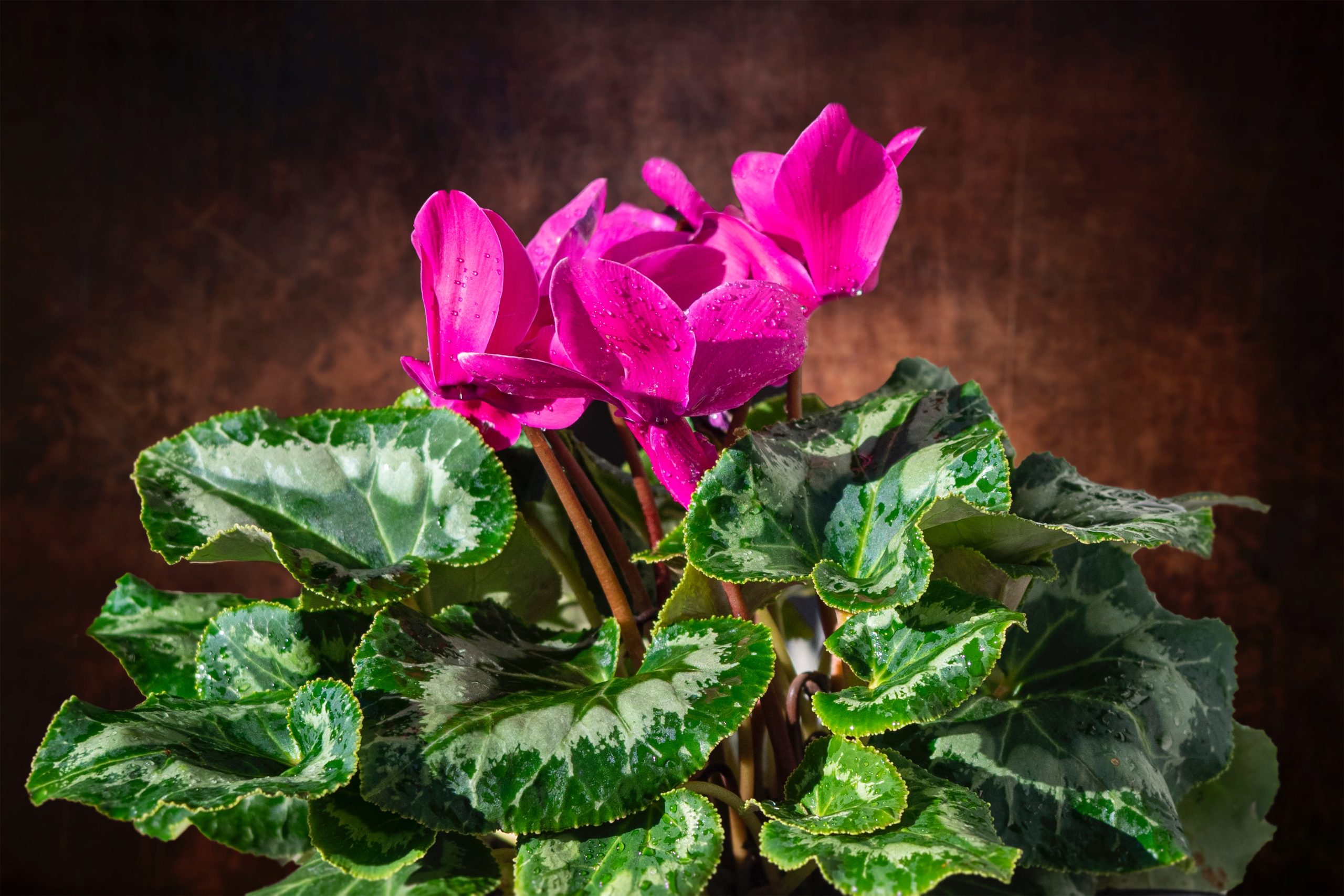
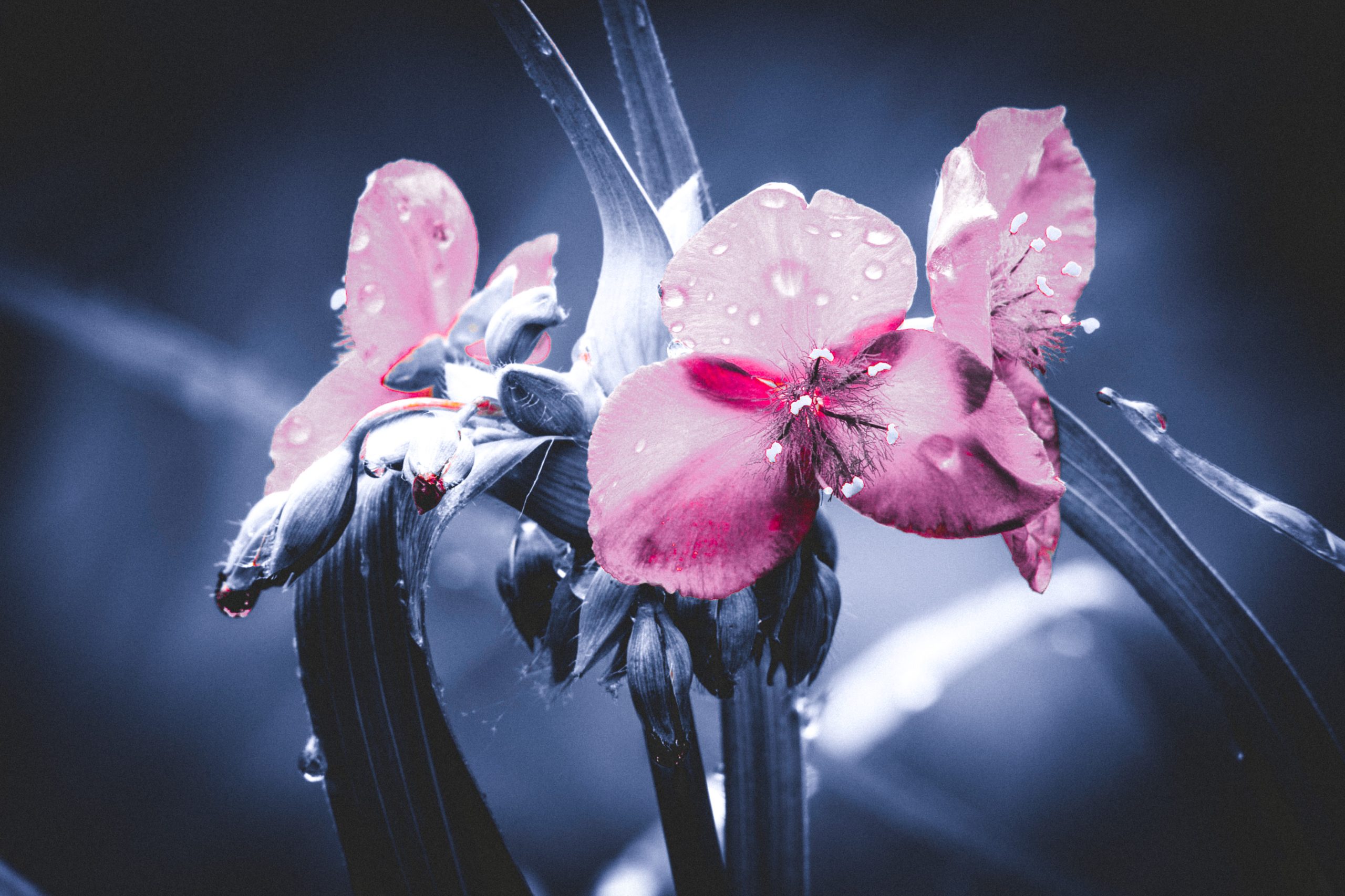

Beauty is sustainability
owe nature a lot. It has been an inspiration source for me throughout my career. Even 35 years ago, when trendy design did mean geometricism and rigour, I was creating “heretical” pieces that drew inspiration from the imperfect beauty of nature. Natural elements and calls have always appeared in my creations and now, more than ever, I want to continue to be inspired by such forms. Not only out of personal desire but also because this promotes the attitude that the world particularly needs at this moment in history.
Beauty is sustainability
owe nature a lot. It has been an inspiration source for me throughout my career. Even 35 years ago, when trendy design did mean geometricism and rigour, I was creating “heretical” pieces that drew inspiration from the imperfect beauty of nature. Natural elements and calls have always appeared in my creations and now, more than ever, I want to continue to be inspired by such forms. Not only out of personal desire but also because this promotes the attitude that the world particularly needs at this moment in history.




The world needs to come back to appreciate the beauty of nature in order to recover love and respect for the environment and the Planet’s resources. The theme of sustainability has finally entered our lives as a main issue. The European Union’s “New European Bauhaus” project aims to associate the concept of sustainability with beauty. It is an ethical approach I always pioneered.

The world needs to come back to appreciate the beauty of nature in order to recover love and respect for the environment and the Planet’s resources. The theme of sustainability has finally entered our lives as a main issue. The European Union’s “New European Bauhaus” project aims to associate the concept of sustainability with beauty. It is an ethical approach I always pioneered.

Ecodesign: choices and projects to promote a circular economy
The focus on materials has always been at the centre of my creative activity, in the last period I have preferred designing products made from “green” materials.
As a matter of fact, I decided to make my home décor pieces in silver and steel, as these are fully recyclable materials.




Steel is a “green” material: it is in fact 100% recyclable and therefore itsupports the circular economy, as it does not produce waste or reduces it to a minimum, while the recycling process requires less energy than the original production from excavate mineral.
Steel is a “green” material: it is in fact 100% recyclable and therefore itsupports the circular economy, as it does not produce waste or reduces it to a minimum, while the recycling process requires less energy than the original production from excavate mineral.


Silver in turn is a sustainable material for its virtually unlimited recycling possibilities as well as for its antibacterial properties: just a few grams of silver in water is enough to purify it. This explains the tradition to drink in silver glasses and carafes or the present diffusion of toothbrushes using silver elements. Silver is always reusable and recyclable, so it is an excellent choice for tableware: it is safe, sustainable and extremely elegant.


Thanks to the technological evolution together with the increased awareness concerning sustainability and recyclable packaging solutions it is now possible to do more: we must di more! and that more needs to be done. Therefore, I am constantly
Working to make my collections 100% sustainable: caring materials, production processes, packaging and logistic-distributive solutions.
Back in 1998, I presented my collections of limited-edition Murano vases in fancy wooden boxes customers did gladly reuse. Now I am working on a huge project of one-off pieces in biodegradable material, so that such products, at the end of their lifecycle give birth to new artistic objects.

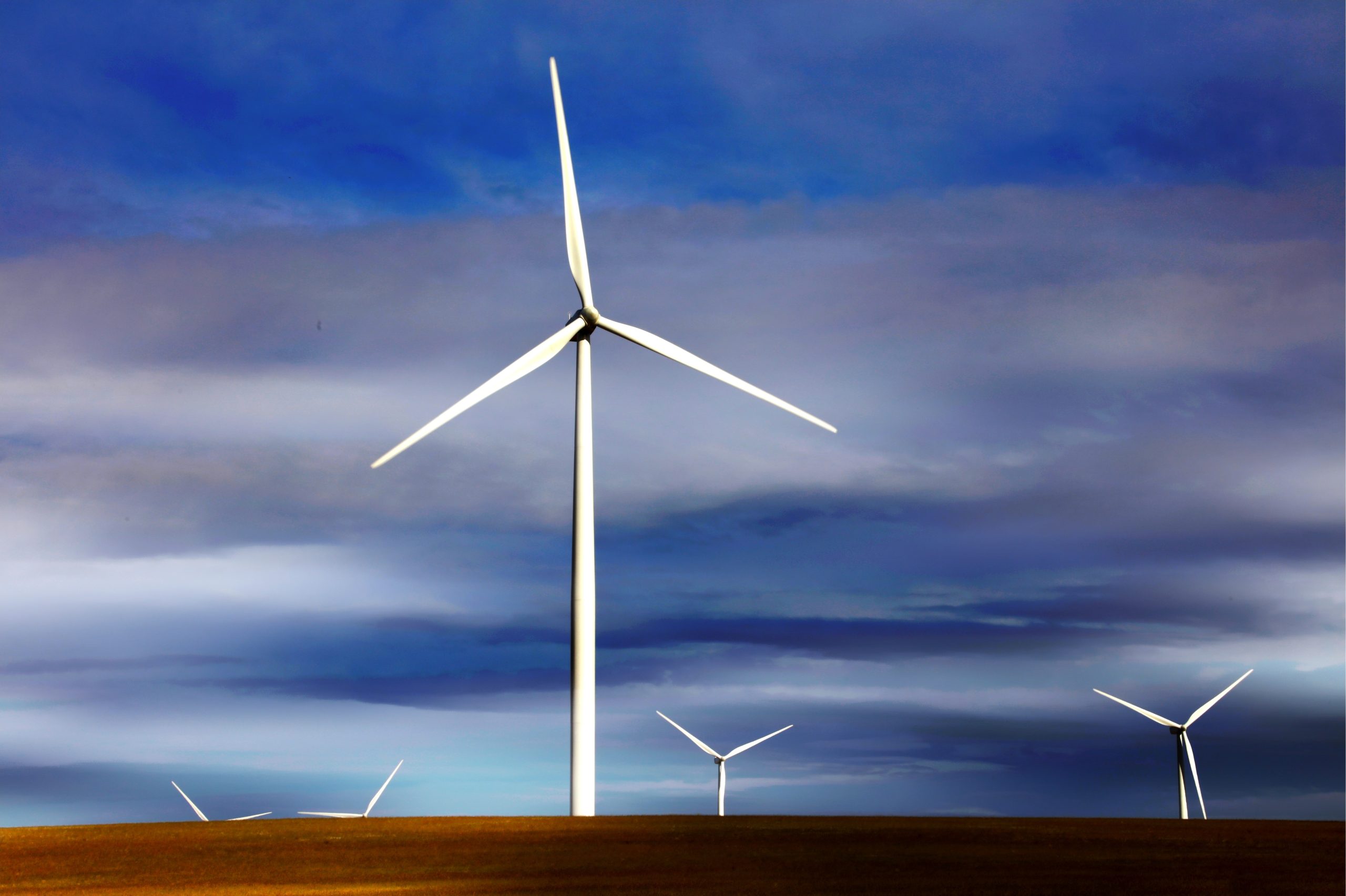
Devil is in the details: even my business card was manufactured through wind power only and printed on recycled cotton paper. My challenge is to make sure that all the products I create convey the need for a genuine transition to a net zero society.
Back in 1998, I presented my collections of limited-edition Murano vases in fancy wooden boxes customers did gladly reuse. Now I am working on a huge project of one-off pieces in biodegradable material, so that such products, at the end of their lifecycle give birth to new artistic objects.

Devil is in the details: even my business card was manufactured through wind power only and printed on recycled cotton paper. My challenge is to make sure that all the products I create convey the need for a genuine transition to a net zero society.

Some new projects I am now looking after involve the creation of artistic installations made of waste plastic, to salvage a material which would end polluting the oceans, transforming it in art pieces: something beautiful everybody can enjoy.
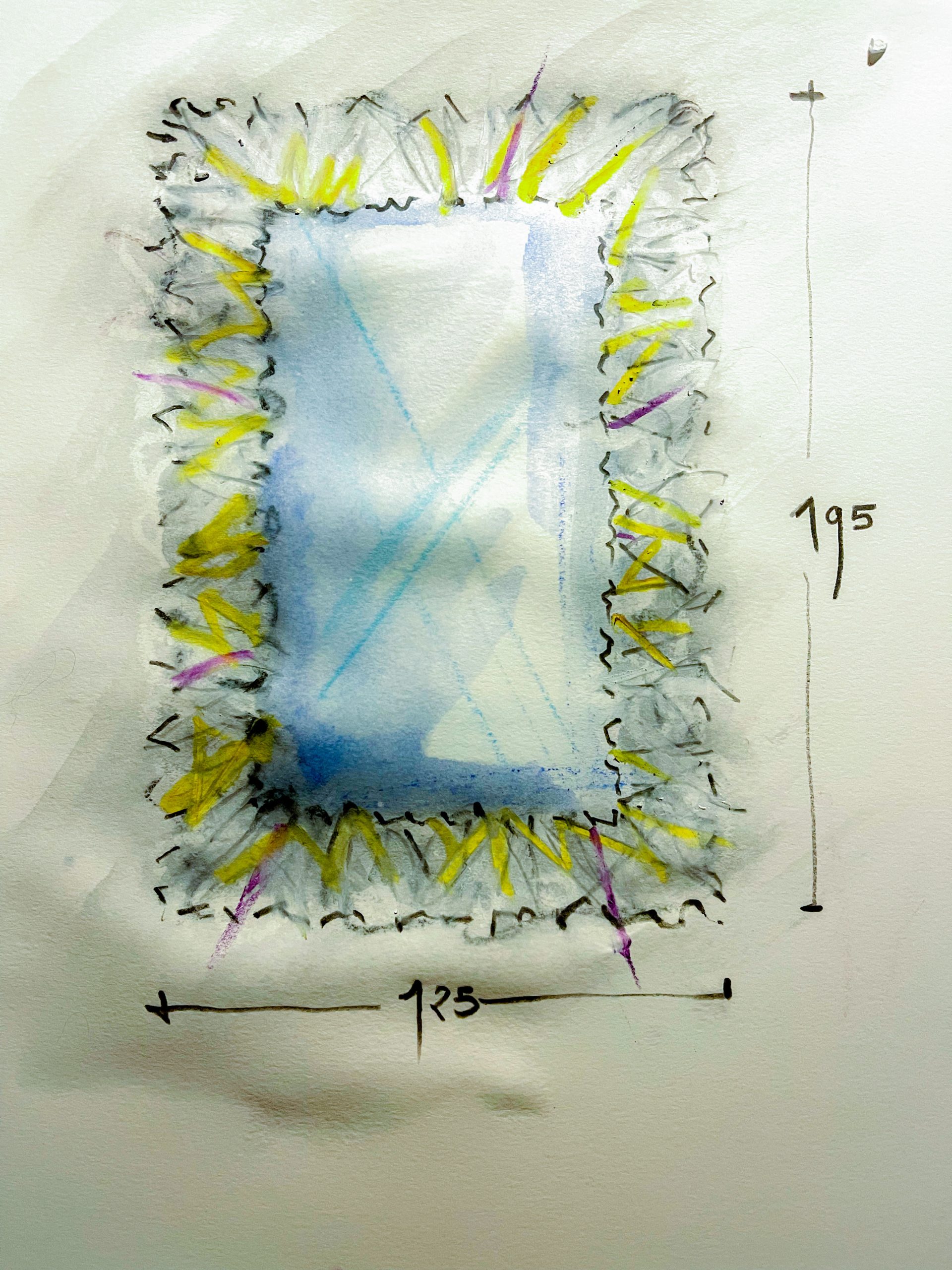
Some new projects I am now looking after involve the creation of artistic installations made of waste plastic, to salvage a material which would end polluting the oceans, transforming it in art pieces: something beautiful everybody can enjoy.

Sustainable interior design: a must in my projects
Since 1987, I have been in quest of making sure that my interior projects are sustainable, as a form of respect for the environment but for my clients too. Living in a house with floors and walls treated with natural processes allows for good health and wellbeing. In contrast, we are now aware that paints and chemical treatments cause long-term health problems.
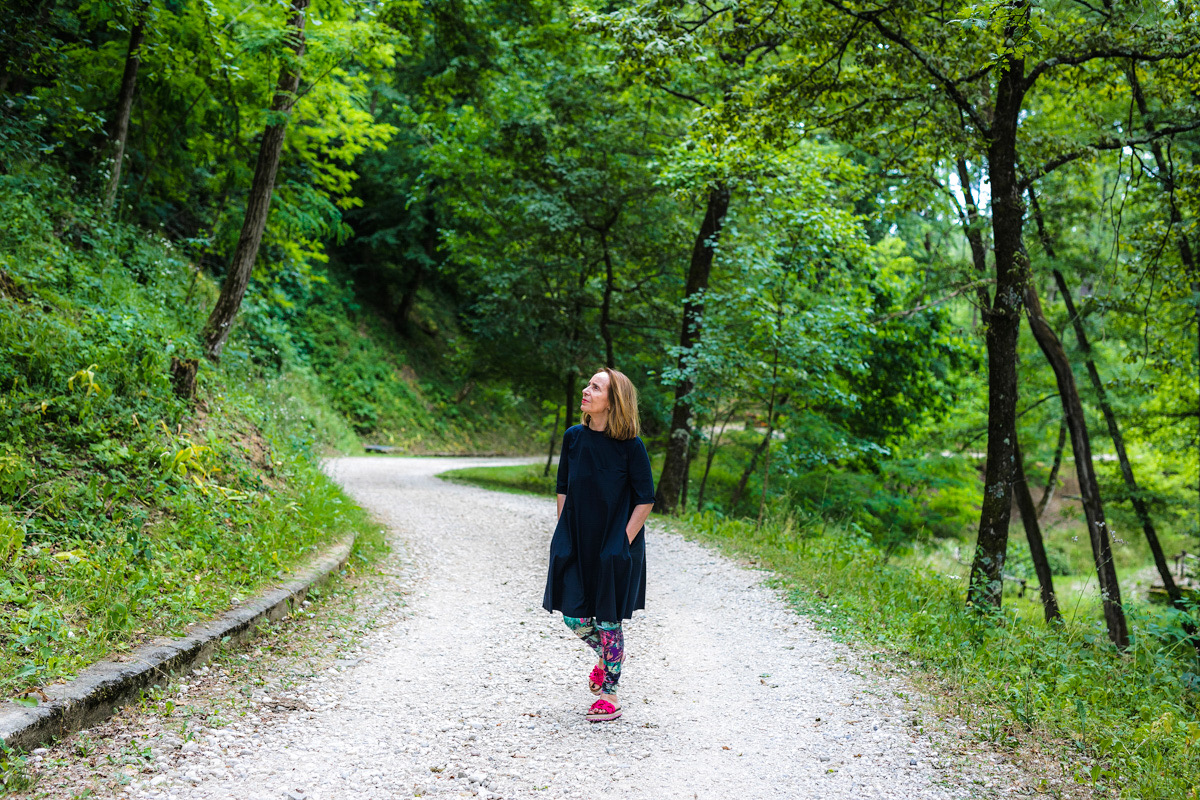

The home must not be an unhealthy or, so much the worse, a dangerous place. For this reason, I have decided to use bio-compatible materials such as “marmorino”, a humble yet noble ally of my best projects, collaborating with an excellence of traditional high quality Italian production: the Maestro Franco Saladino.
Another important element is thermal insulation; in my projects, I always try to ensure that they are well insulated, to reduce energy consumption to a minimum. In addition, I advise my clients on choices that favour eco-sustainability, such as the adoption of filters for drinking water; long-lasting, low-consumption appliances; furniture complements with replaceable parts, in order to prevent them from being discarded for minor damages; low-consumption lamps and the installation of photovoltaic panels in order to make one’s home or business self-sufficient in terms of energy.


15 years ago, I equipped both my home and my practice premises with photovoltaic panels that produce far more energy than I consume, allowing my business to contribute to the transition to a zero-impact system.
I like to use my skills in this area to support private clients and professional activities. Making the environments in which they live and work eco-sustainable and functional to the ecological transition is the great challenge of our times: each of us is called upon to contribute.

Sustainable interior design: a must in my projects
Since 1987, I have been in quest of making sure that my interior projects are sustainable, as a form of respect for the environment but for my clients too. Living in a house with floors and walls treated with natural processes allows for good health and wellbeing. In contrast, we are now aware that paints and chemical treatments cause long-term health problems.

The home must not be an unhealthy or, so much the worse, a dangerous place. For this reason, I have decided to use bio-compatible materials such as “marmorino”, a humble yet noble ally of my best projects, collaborating with an excellence of traditional high quality Italian production: the Maestro Franco Saladino.

Another important element is thermal insulation; in my projects, I always try to ensure that they are well insulated, to reduce energy consumption to a minimum. In addition, I advise my clients on choices that favour eco-sustainability, such as the adoption of filters for drinking water; long-lasting, low-consumption appliances; furniture complements with replaceable parts, in order to prevent them from being discarded for minor damages; low-consumption lamps and the installation of photovoltaic panels in order to make one’s home or business self-sufficient in terms of energy.

15 years ago, I equipped both my home and my practice premises with photovoltaic panels that produce far more energy than I consume, allowing my business to contribute to the transition to a zero-impact system.

I like to use my skills in this area to support private clients and professional activities. Making the environments in which they live and work eco-sustainable and functional to the ecological transition is the great challenge of our times: each of us is called upon to contribute.


